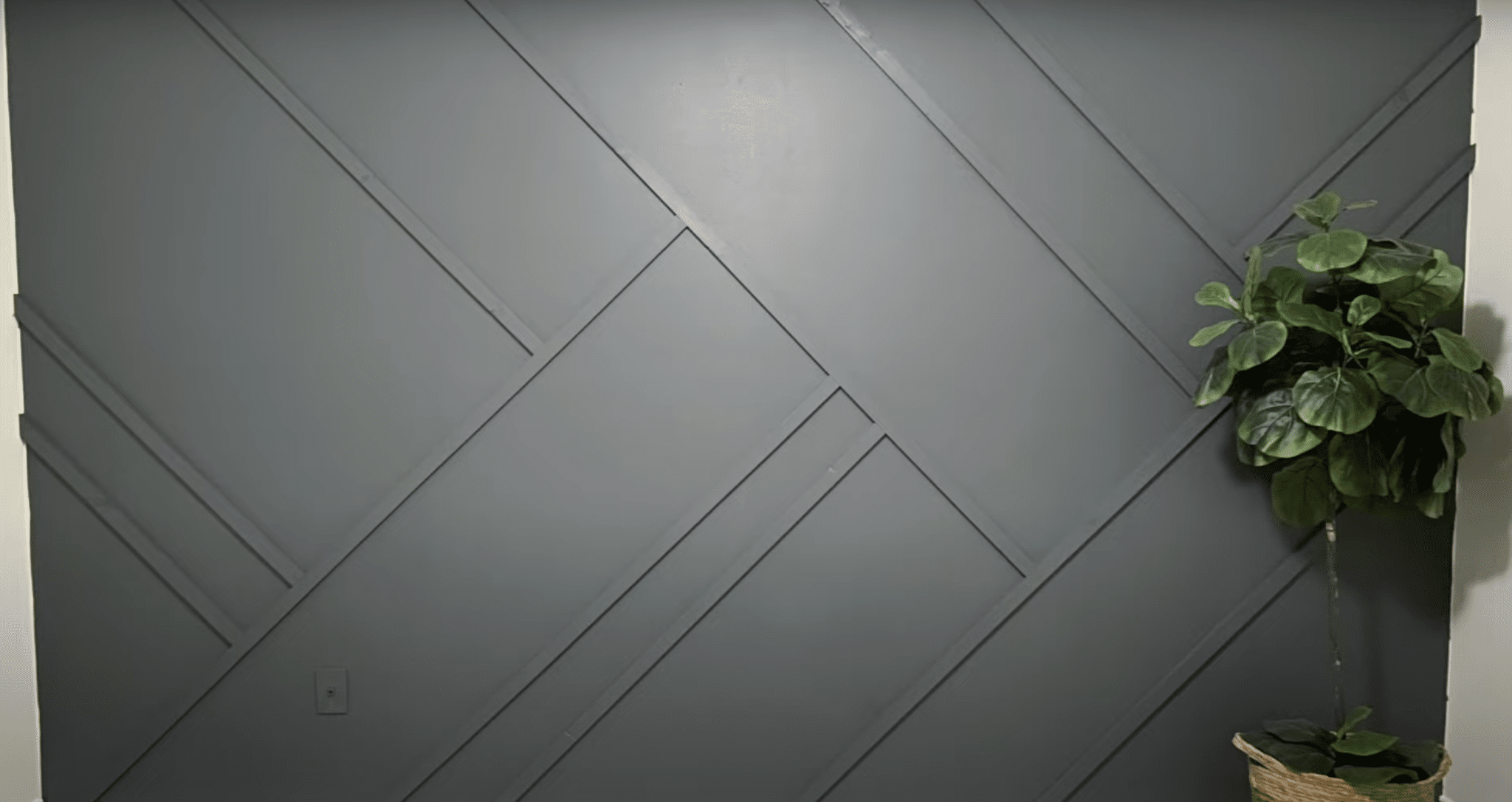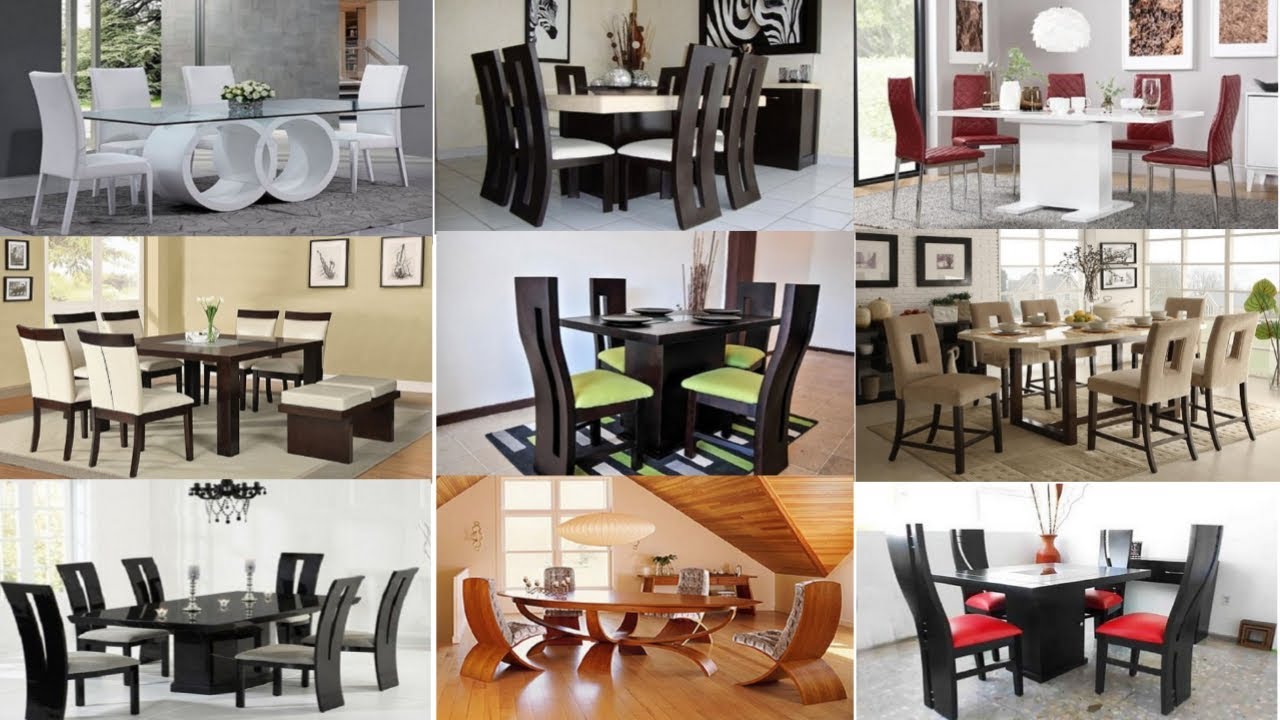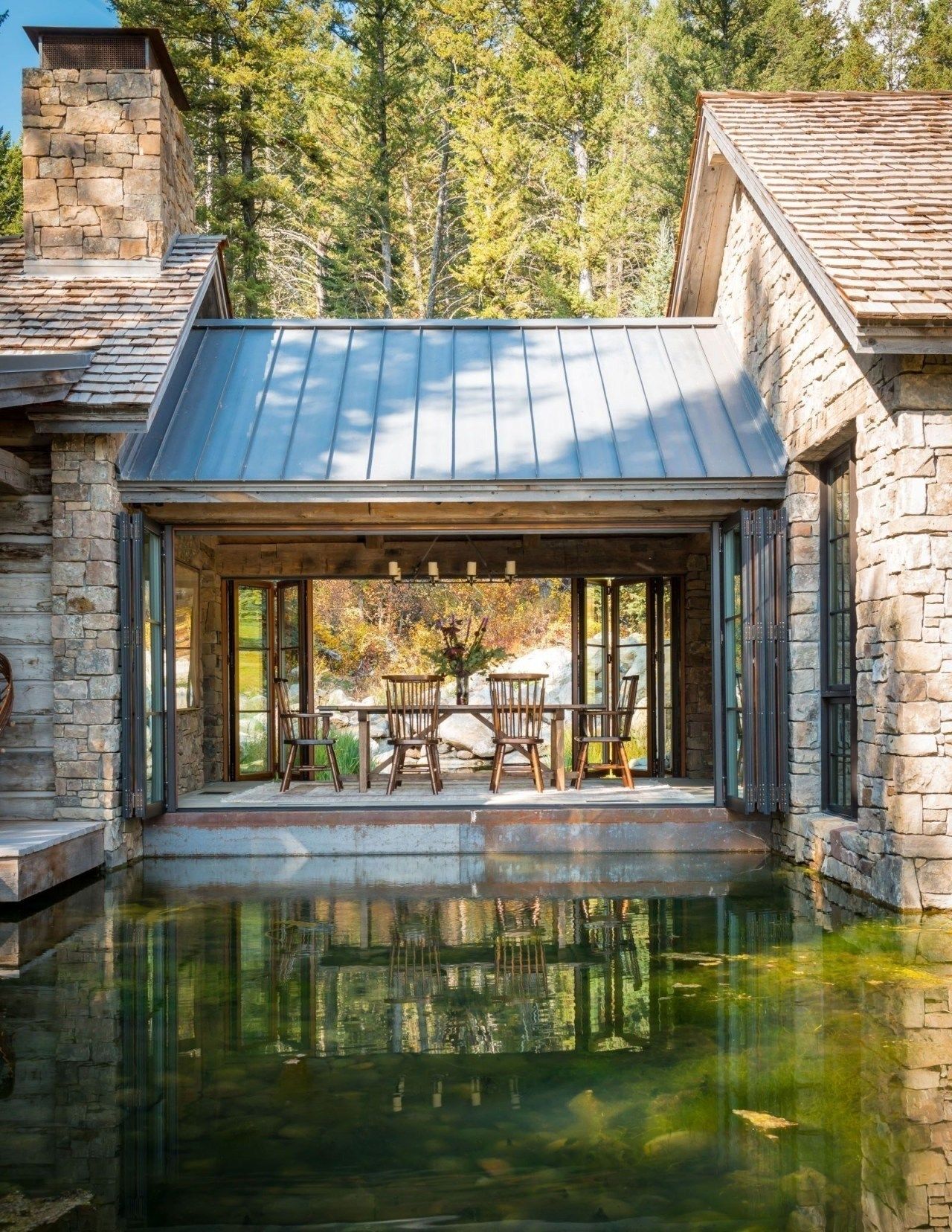DIY Guide to Create Geometric Accent Wall
Want to add personality to your plain walls? I know how boring white walls can feel – I faced the same issue in my home last year.
A geometric accent wall can make your room stand out, and here’s the good news: you don’t need to hire a professional to create one. With some basic tools and careful planning, you can make this happen over a weekend.
In this guide, I’ll walk you through my tested method to paint a geometric accent wall. You’ll learn the exact steps, from picking the right wall to adding the final coat.
I’ve made all the mistakes, so you don’t have to!
Why Choose a Geometric Accent Wall?
I picked a geometric accent wall for my living room, and honestly, it turned out way better than wallpaper.
Here’s why I think it’s a smart choice:
- Save Money: Paint costs much less than fancy wallpaper or wall tiles. I spent under $100 on supplies, while similar designer walls would have cost me over $500.
- Easy to Change: Unlike permanent fixtures or wallpaper, you can paint over geometric patterns when you want a new look. It took me just one afternoon to cover my old pattern with a fresh base coat.
- Personal Touch: You control every part of the design. I chose colors that perfectly match my furniture. The pattern size and style? That’s all up to you, too.
- Quick Results: Most wall updates take days or weeks. But I completed my geometric wall in one weekend. The results show up fast, and the impact on the room is immediate.
- Low-Risk Project: Even if you make small mistakes, they’re easy to fix with touch-up paint. Trust me – I fixed a few wobbly lines, and no one can tell now.
DIY Geometric Accent Wall
| Materials Required | Tools Needed |
|---|---|
| 1″ x 2″ Pine boards (8ft length) | 18-gauge brad nailer |
| Paint and roller | Miter saw |
| Wall paint (base color) | Measuring tape |
| Dap spackle for nail holes | Carpenter’s square |
| Alex caulk for seams | Level |
| 220-grit sanding block | Pencil |
| Caulk gun |
Step-by-Step Process
1. Prep Work
- Paint all boards using a roller on all four sides
- Paint your wall with the base color
- Let everything dry completely
- Find and mark wall studs with pencil or painter’s tape
2. Frame the Wall
- Install 1×2 boards around the wall edges
- Create a border on the left and right sides
- Add a border along the ceiling
- Keep or replace baseboard to match 1×2 width
3. Start the Pattern First Board
- Cut both ends at 45-degree angles (opposite directions)
- Place flush against the right side board and baseboard
- Nail into place
Second Board
- Cut one end at 45 degrees
- Make the straight cut at the other end
- Place against the top border
- Check for a 90-degree angle with a carpenter’s square
4. Continue the Pattern
- For boards touching the border: cut 45 degrees on one end, straight on the other
- For interior boards: straight cuts on both ends
- Keep spacing equal between boards
- Use carpenter’s square to check angles
- Hit at least one stud per board when nailing
5. Finishing Touches
- Fill nail holes with spackle
- Let dry and sand with a 220-grit block
- Apply caulk where boards meet walls
- Touch-up paint over spackle and caulk
Cost Analysis to Build a Geometric Accent Wall
| Item | Quantity/Details | Cost Range |
|---|---|---|
| Basic Supplies | ||
| Pine boards (1×2 inch, 8ft length) | 8-10 pieces | $24 – $50 |
| Paint for boards | 1 quart | $15 – $20 |
| Base wall paint | 1 gallon | $25 – $35 |
| Spackle | 1 container | $6 – $8 |
| Caulk | 1 tube | $4 – $6 |
| Sandpaper | 1 pack | $3 – $5 |
| Tools (if needed to buy) | ||
| Brad nailer | 1 | $30 – $50 |
| Miter saw | Basic model | $100 – $150 |
| Carpenter’s square | 1 | $8 – $12 |
| Level | 1 | $10 – $15 |
| Measuring tape | 1 | $5 – $8 |
| Total Cost Ranges | ||
| With owned tools | $75 – $120 | |
| With new tools | $250 – $350 | |
| Professional Cost Estimate | Hiring a professional | $500 – $800 |
How to Paint Geometric Accent Wall
I remember feeling nervous when I first started painting my geometric wall. But let me tell you – the right tools and steps make all the difference!
Before we start, here’s what you need to know: painting a geometric wall isn’t like regular wall painting. You’ll need extra care with measurements and tape. But don’t worry! I’ve broken down everything into small, easy steps.
The key is taking your time with prep work. I rushed my first attempt and had to redo some sections. Now I know better – good preparation leads to clean, sharp lines that will make your wall look fantastic!
Let’s look at what you’ll need and how to do this step by step.
| Paint Supplies | Measuring Tools | Other Items |
|---|---|---|
| Base wall paint | Measuring tape | Drop cloth |
| Accent color paint | Pencil | Sandpaper (medium grit) |
| Paint rollers and brushes | Level | Clean rags |
| Paint tray | Ruler or straight-edge | Step ladder |
| Painter’s tape (2-inch width) | Carpenter’s square |
Step-by-Step Process
1. Wall Preparation
- Clean the wall with a damp cloth
- Sand any rough spots
- Fill holes with spackling compound
- Let the wall dry fully
- Apply base coat paint
- Let dry for 24 hours
2. Planning Phase
- Mark the center point of the wall
- Draw your pattern lightly with a pencil
- Use a level to ensure straight lines
- Check all angles with a carpenter’s square
3. Taping Stage
- Press tape firmly along pattern lines
- Use a fingernail to seal the tape edges
- Double-check all tape lines are straight
- Make sure corners meet perfectly
4. Painting Steps
- Paint one section at a time
- Use a small roller for larger spaces
- Use a brush for tight spots
- Remove the tape while the paint is still wet
- Touch up any spots if needed
5. Final Steps
- Let paint dry fully (4-6 hours)
- Check for any touch-ups needed
- Clean up any paint bleed
- Wait 24 hours before hanging items
Cost Analysis to Paint a Geometric Accent Wall
| Item | Quantity/Details | Cost Range |
|---|---|---|
| Essential Paint Supplies | ||
| Base wall paint | 1 gallon | $25 – $35 |
| Accent color paint | 1 gallon | $25 – $35 |
| Paint rollers | 2 | $8 – $12 |
| Paint brushes | 2 | $10 – $15 |
| Paint tray | 1 | $4 – $6 |
| Taping Materials | ||
| Painter’s tape | 3-4 rolls | $15 – $20 |
| Pencil and eraser | 1 set | $2 |
| Drop cloth | 1 | $5 – $8 |
| Basic Tools | ||
| Level | 1 | $10 – $15 |
| Measuring tape | 1 | $5 – $8 |
| Carpenter’s square | 1 | $8 – $12 |
| Step ladder | 1 | $25 – $35 |
| Total Cost Range | ||
| With owned tools | $85 – $130 | |
| With new tools | $140 – $200 | |
| Professional Cost Estimate | Hiring a professional | $300 – $500 |
Common Mistakes and How to Avoid Them
Let me share the typical mistakes I’ve seen (and made!) while creating geometric accent walls, along with simple solutions.
1. Not Checking Board Quality
- Look for warped or bent boards before buying
- Test each board by laying it flat on the floor
- Skip boards with knots or splits
2. Poor Wall Prep
- Fill all holes and dents first
- Sand rough spots before starting
- Make sure the old paint isn’t peeling
3. Wrong Measurements
- Mark all studs before starting
- Double-check every measurement
- Use a carpenter’s square for all angles
4. Rushing the Process
- Let paint dry fully between coats
- Take time to line up each board
- Don’t skip the planning stage
5. Nailing Mistakes
- Always nail into wall studs
- Use enough nails (every 16-24 inches)
- Fill all nail holes with spackle
6. Pattern Problems
- Draw your pattern on paper first
- Keep spacing between boards even
- Use a level to check each board
7. Caulking Issues
- Use caulk only where boards meet walls
- Clean excess caulk right away
- Let the caulk dry fully before painting
These simple fixes helped me create a clean, professional-looking wall. Taking time to avoid these mistakes saves both money and frustration!
Some Budget-Friendly Ideas to Try Out
| Category | Tips |
|---|---|
| Try Different Materials | • Use thin MDF strips instead of pine boards • Check the scrap wood section for deals • Look for sales on trim pieces at local stores |
| Paint Smart | • Buy sample-size pots for small accent areas • Mix your shades using basic colors • Use leftover paint from other projects • Check the “oops paint” section for discounts |
| DIY Your Tools | • Make your spacers from scrap wood • Create templates using cardboard • Use a long ruler instead of buying a level • Share tools with friends or neighbors |
| Simple Pattern Ideas | • Start with basic shapes to use less material • Try a half-wall design to save on supplies • Space boards wider apart to use fewer pieces • Pick patterns that need fewer angle cuts |
| Smart Shopping Tips | • Buy materials during holiday sales • Visit multiple stores to compare prices • Ask about damaged boards at reduced prices • Look for bulk discounts on paint supplies |
| Free Resources | • Watch online tutorials before starting • Use free design apps for pattern planning • Get tips from local hardware store staff • Join DIY groups to share ideas and tools |
Conclusion
Creating a geometric accent wall might seem tricky at first, but I hope this guide shows you how doable it is. After making several of these walls myself, I can tell you the results are worth every minute spent.
Remember, your first attempt doesn’t need to be perfect. Take your time with measurements, use proper tools, and follow each step carefully.
If you make a mistake, don’t worry—most can be fixed with paint or caulk.
Ready to start your project? Pick a wall, gather your supplies, and begin with the basic frame.
I’d love to see how your wall turns out! Share your progress in the comments below, or ask any questions before starting.

Frequently Asked Questions
How Much Time Will It Take?
Creating a geometric accent wall typically takes 1–3 days, depending on the complexity, size, and experience level. Preparation, painting, and drying times all contribute to the overall duration.
What are the Best Geometric Patterns for My Space?
The best patterns depend on your room’s size and style. Popular choices include chevrons, hexagons, and intersecting lines. Select designs that complement your décor and enhance the room’s proportions.
Are There Beginner-Friendly Designs?
Yes, beginner-friendly designs include simple shapes like triangles, squares, or stripes. Using painter’s tape can help create clean lines. Starting with straightforward patterns makes the project more manageable for novices.







